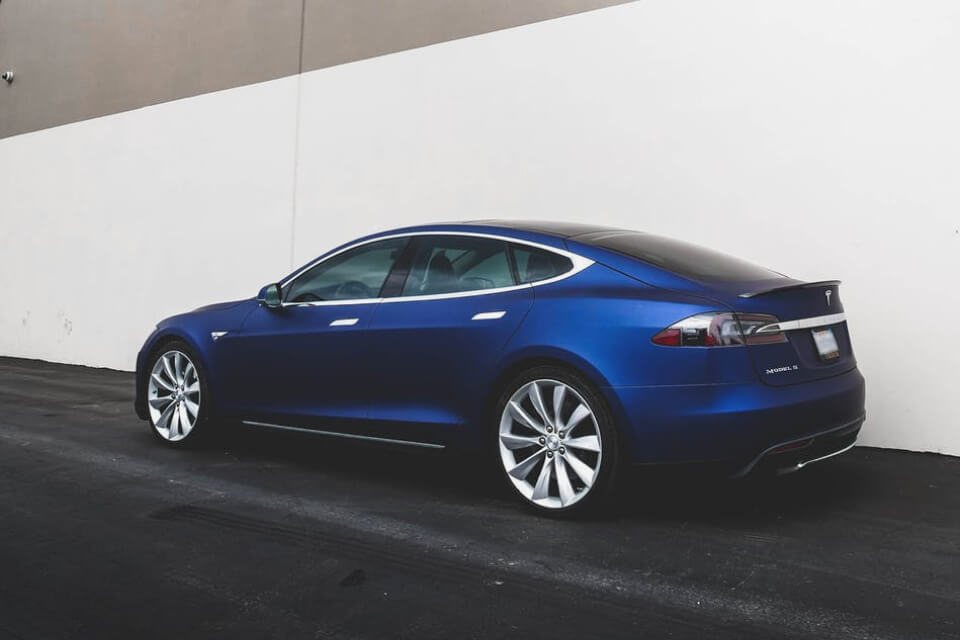In an era where environmental concerns are at the forefront of global discussions, the advent of solar-powered cars promises a revolutionary shift in the automotive industry. These innovative vehicles not only aim to provide zero emissions but also offer the potential for long drives without the anxiety of frequent recharging. As we delve into the world of solar-powered cars, we will explore how they harness the sun’s energy to create a sustainable and efficient mode of transportation, making them a viable alternative to traditional fossil fuel-powered vehicles.
Throughout this article, you will learn about the cutting-edge technology that enables solar-powered cars to operate efficiently over long distances. We will discuss the various designs and models currently in development, highlighting their unique features and capabilities. Additionally, we will examine the environmental benefits of adopting solar-powered vehicles, including their role in reducing carbon footprints and promoting cleaner air quality. By the end of this journey, you will have a comprehensive understanding of how solar-powered cars are set to transform the way we think about travel and sustainability.
Join us as we uncover the exciting advancements in solar technology and the future of transportation. Whether you are an eco-conscious consumer or simply curious about the latest innovations in the automotive sector, this article will provide valuable insights and inspire you to consider the possibilities of a greener future. Read on to discover how solar-powered cars are not just a dream but a tangible reality that promises to change the landscape of driving forever.
As the world shifts towards sustainable energy solutions, solar-powered cars are emerging as a promising alternative for eco-conscious drivers. These vehicles harness solar energy to power their engines, offering a zero-emission solution for long-distance travel. This article explores various aspects of solar-powered cars, highlighting their benefits, technology, and future potential.
The Technology Behind Solar-Powered Cars
Solar-powered cars utilize photovoltaic cells to convert sunlight into electricity. These cells are typically integrated into the vehicle’s body, allowing for efficient energy capture without compromising aesthetics. The electricity generated powers the electric motor, enabling the car to operate without traditional fossil fuels.
Recent advancements in solar technology have led to the development of more efficient solar panels, which can significantly increase the range of solar-powered vehicles. Innovations such as bifacial solar panels, which capture sunlight from both sides, and lightweight materials are enhancing the performance and efficiency of these cars.
Environmental Benefits of Solar-Powered Vehicles
One of the most significant advantages of solar-powered cars is their contribution to reducing greenhouse gas emissions. By relying on renewable energy, these vehicles help decrease the carbon footprint associated with traditional gasoline or diesel cars. This shift is crucial in combating climate change and promoting cleaner air quality.
Moreover, solar-powered cars can reduce dependence on fossil fuels, which are finite resources. As more consumers adopt solar technology, the demand for oil decreases, leading to a more sustainable energy landscape. This transition not only benefits the environment but also promotes energy independence.
Cost-Effectiveness and Economic Impact
While the initial investment in solar-powered cars may be higher than conventional vehicles, the long-term savings can be substantial. Solar energy is free, and once the vehicle is purchased, the cost of fueling it is significantly lower. Additionally, many governments offer incentives and tax breaks for electric and solar-powered vehicles, further enhancing their affordability.
The growth of the solar-powered car market also has positive economic implications. It creates jobs in manufacturing, installation, and maintenance of solar technology, contributing to local economies. As the industry expands, it fosters innovation and competition, driving down costs and improving technology.
Challenges Facing Solar-Powered Cars
Despite their many advantages, solar-powered cars face several challenges. One of the primary concerns is the limited range compared to traditional vehicles. While advancements are being made, the energy generated from solar panels may not always be sufficient for long-distance travel, especially in areas with less sunlight.
Additionally, the infrastructure for charging solar-powered vehicles is still developing. Unlike conventional electric vehicles, which have a growing network of charging stations, solar-powered cars may require more specialized facilities. Addressing these challenges is essential for the widespread adoption of solar technology in the automotive industry.
Future Trends in Solar-Powered Transportation
The future of solar-powered cars looks promising, with ongoing research and development aimed at improving efficiency and performance. Innovations such as integrated solar roofs and advanced battery technologies are expected to enhance the viability of solar vehicles for long drives.
Moreover, as public awareness of climate change increases, consumer demand for sustainable transportation options is likely to rise. This trend will encourage manufacturers to invest more in solar technology, leading to a broader range of models and features that cater to diverse consumer needs.
Real-World Applications and Success Stories
Several companies and startups are already making strides in the solar-powered car market. For instance, the Lightyear One is a notable example of a solar electric vehicle designed for long-range travel, equipped with solar panels that can provide additional charging while on the go.
Additionally, various pilot programs and initiatives are being launched worldwide to test the feasibility of solar-powered public transportation. These real-world applications demonstrate the potential of solar technology to revolutionize the automotive industry and promote sustainable travel solutions.
| Feature | Description |
|---|---|
| Zero Emissions | Solar-powered cars operate using energy harnessed from the sun, resulting in no harmful emissions during operation. |
| Energy Efficiency | These vehicles convert sunlight into electricity, which is used to power electric motors, making them highly efficient compared to traditional fuel vehicles. |
| Long Driving Range | Advancements in solar technology and battery storage allow for extended driving ranges, enabling long-distance travel without the need for frequent recharging. |
| Environmental Impact | By reducing reliance on fossil fuels, solar-powered cars contribute to lower greenhouse gas emissions and a smaller carbon footprint. |
| Cost Savings | While initial costs may be higher, solar-powered cars can lead to significant savings on fuel and maintenance over time. |
| Technological Innovations | Continuous improvements in solar panel efficiency and battery technology are enhancing the performance and viability of solar-powered vehicles. |
| Market Availability | Several manufacturers are beginning to introduce solar-powered models, making them more accessible to consumers. |



